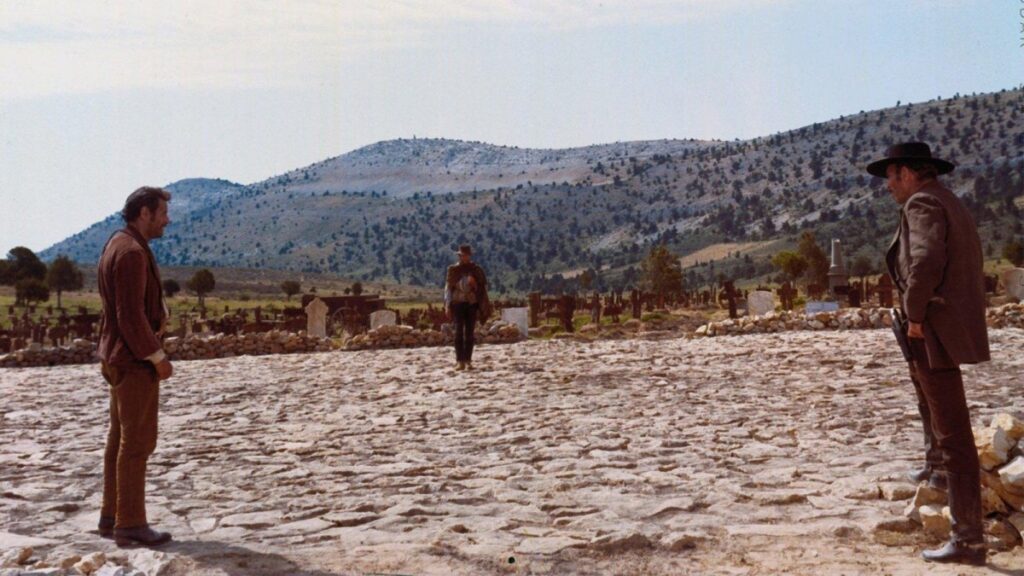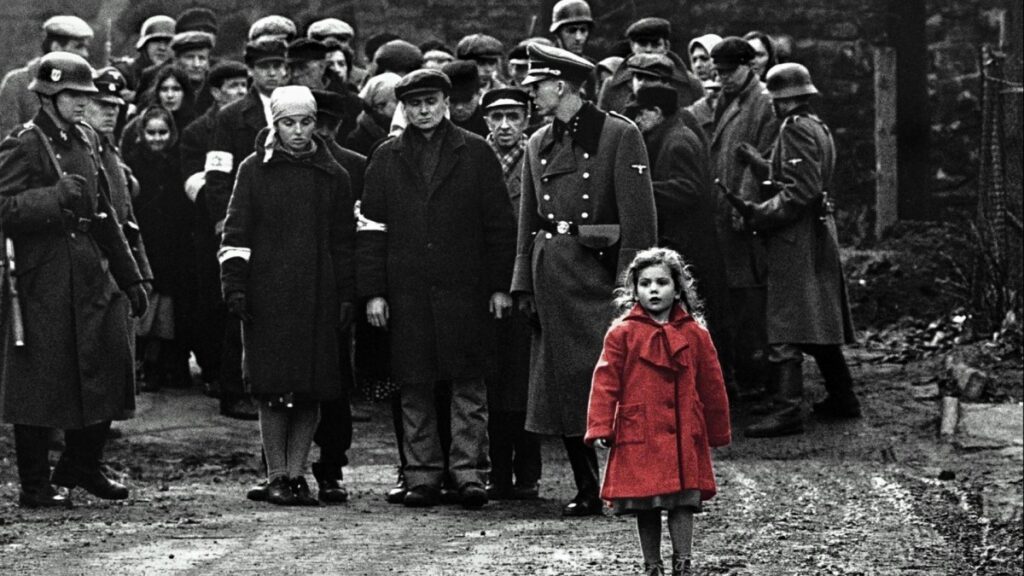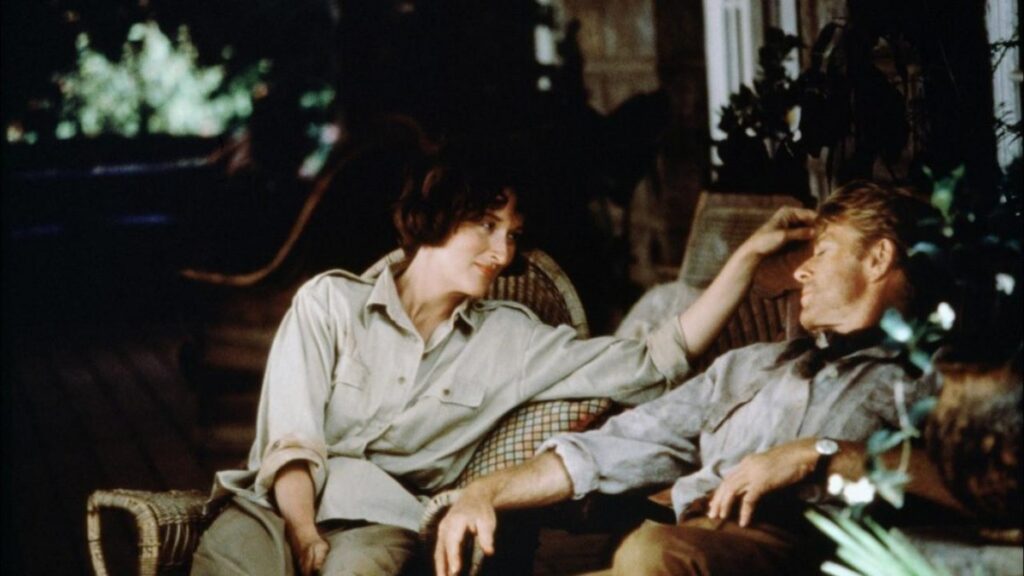Audiovisual production is a complex task that relies on the combination of different elements to tell a story in an impactful and memorable way. Among these elements, music plays a crucial role that goes beyond simply adding a sound background. Music in audiovisual production is the soul that brings images to life, creating a complete sensory experience for the viewer. In this article, we will explore the role of music in audiovisual production and how it can influence the emotions and perceptions of the audience.
Creating Ambience and Setting the Mood
Music has the power to set the tone of a scene from the very beginning. Whether it’s a soft melody that accompanies a romantic scene or intense music that heightens the tension in a thriller, the choice of music can transport the viewer to a whole new world. Music creates a mood that enriches the visual narrative, setting the mood and preparing the audience for what is to come.

Highlighting Emotions and Connecting with the Viewer
Emotion is at the heart of any well-told story. Music has the ability to intensify these emotions, making the viewer connect deeply with the characters and their actions. A sad melody can make the audience empathise with a character, while upbeat music can convey happiness and celebration in a scene. This emotional connection is fundamental to creating a meaningful and lasting cinematic experience.
Enhancing Narrative
Music in audiovisual production can be used to highlight key points in the narrative. For example, a musical leitmotif (a recurring musical theme associated with a character or situation) can be used to focus the viewer’s attention on specific moments in the plot. In addition, changes in pace, intensity and musical style can signal important transitions in the story, keeping the audience’s attention and guiding them through the plot effectively.

Creating Identity and Memorability
Memorable musical compositions can become the identity of an audiovisual production: who can forget the iconic soundtrack to “Star Wars” or the emotional work for “Schindler’s List”? These melodies not only stick in the mind of the viewer, but also become indelibly associated with the films in which they appear. Music has the power to make a production unforgettable, leaving a lasting memory in the audience.

Out of Africa, Sydney Pollack (1985)
Synergy between Image and Sound
When music and images are perfectly synchronised, a synergistic experience is created that goes beyond what each element can achieve on its own. Music can accentuate camera movements, cuts and transitions, creating harmony between the ear and the eye of the viewer. This collaboration between music and cinematography raises the artistic level of the audiovisual production, transforming it into a multi-sensory masterpiece.
So music in audiovisual production is a powerful force that shapes our emotions, guides our perceptions and takes us on an emotional journey along with the characters on screen. Composers and filmmakers understand this power and use it masterfully to create films, series and videos that resonate deeply with audiences. Music is the universal language of emotion, and when combined with powerful imagery, it has the power to create audiovisual experiences that last in the viewer’s memory forever.

